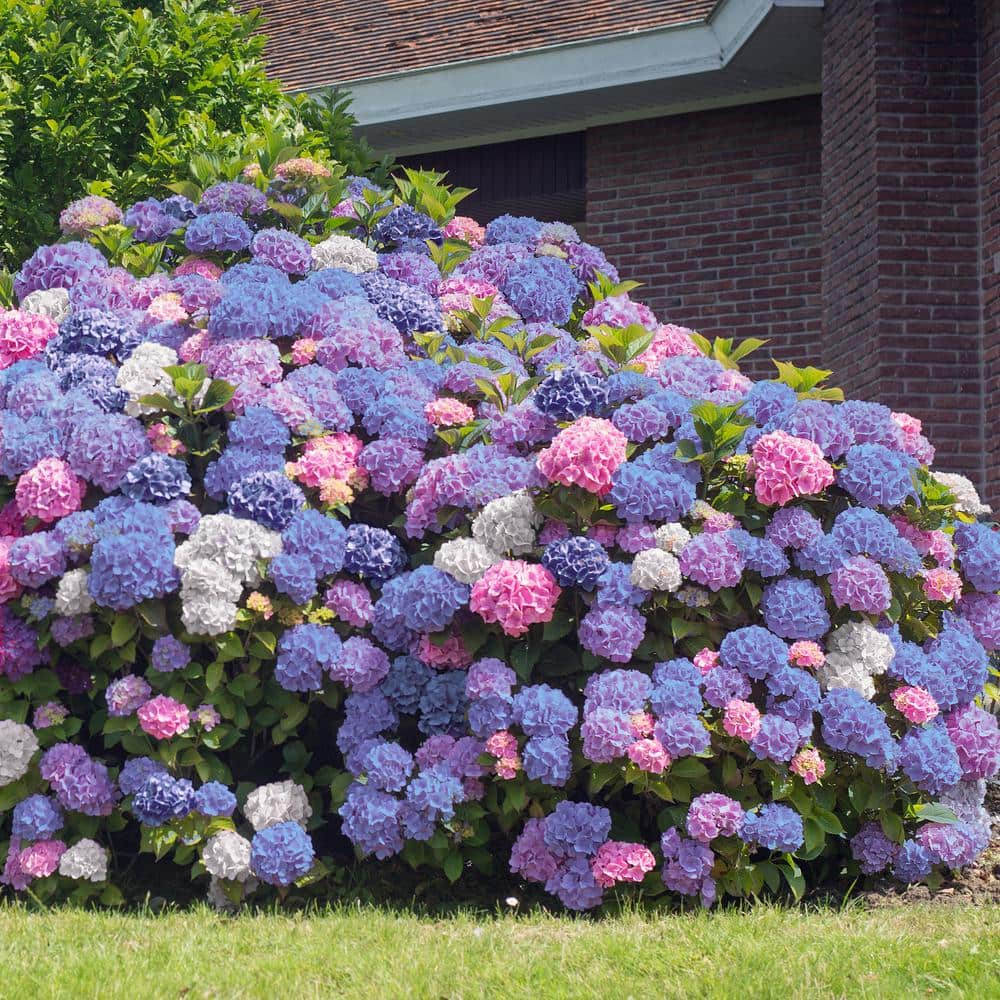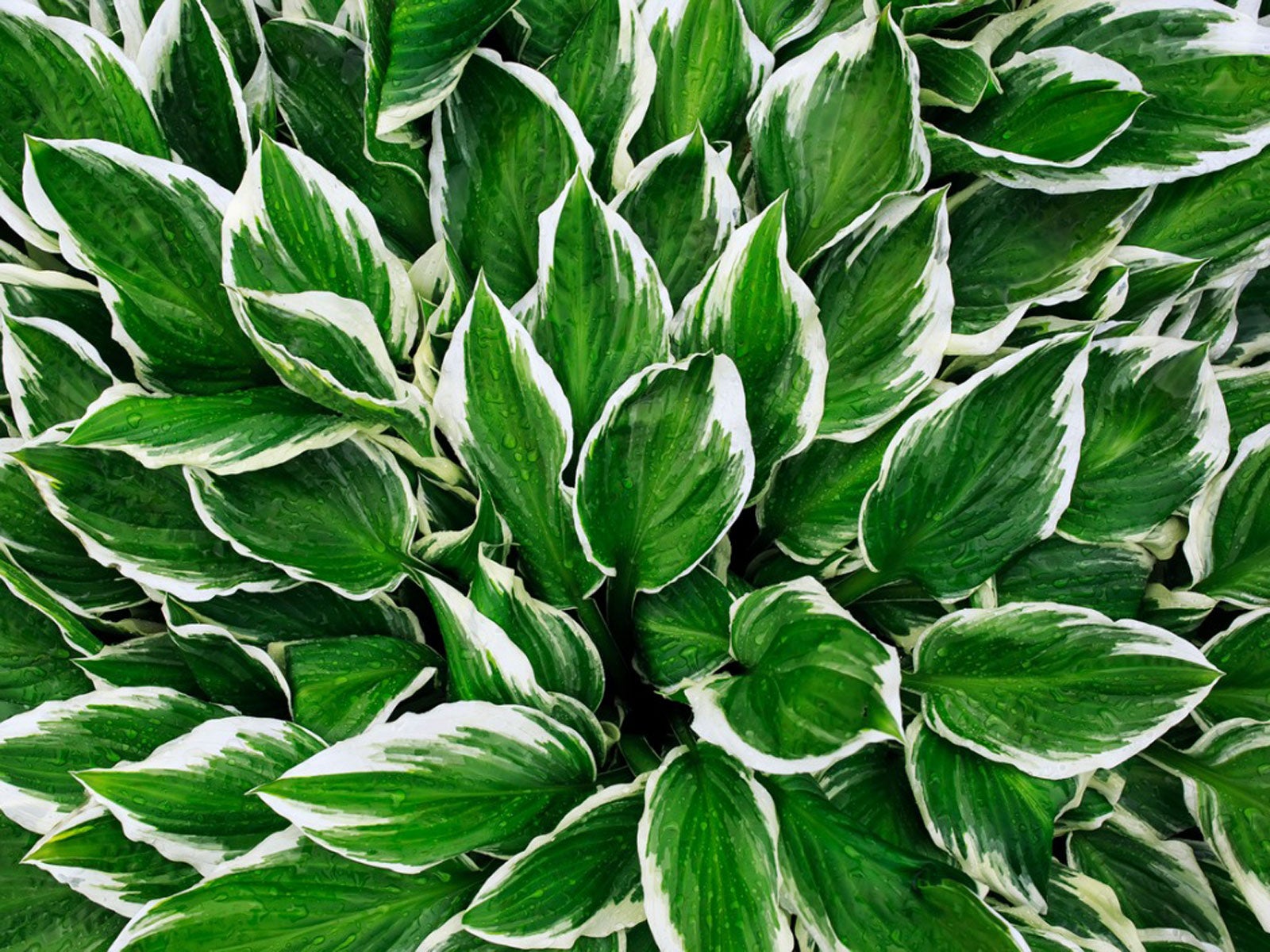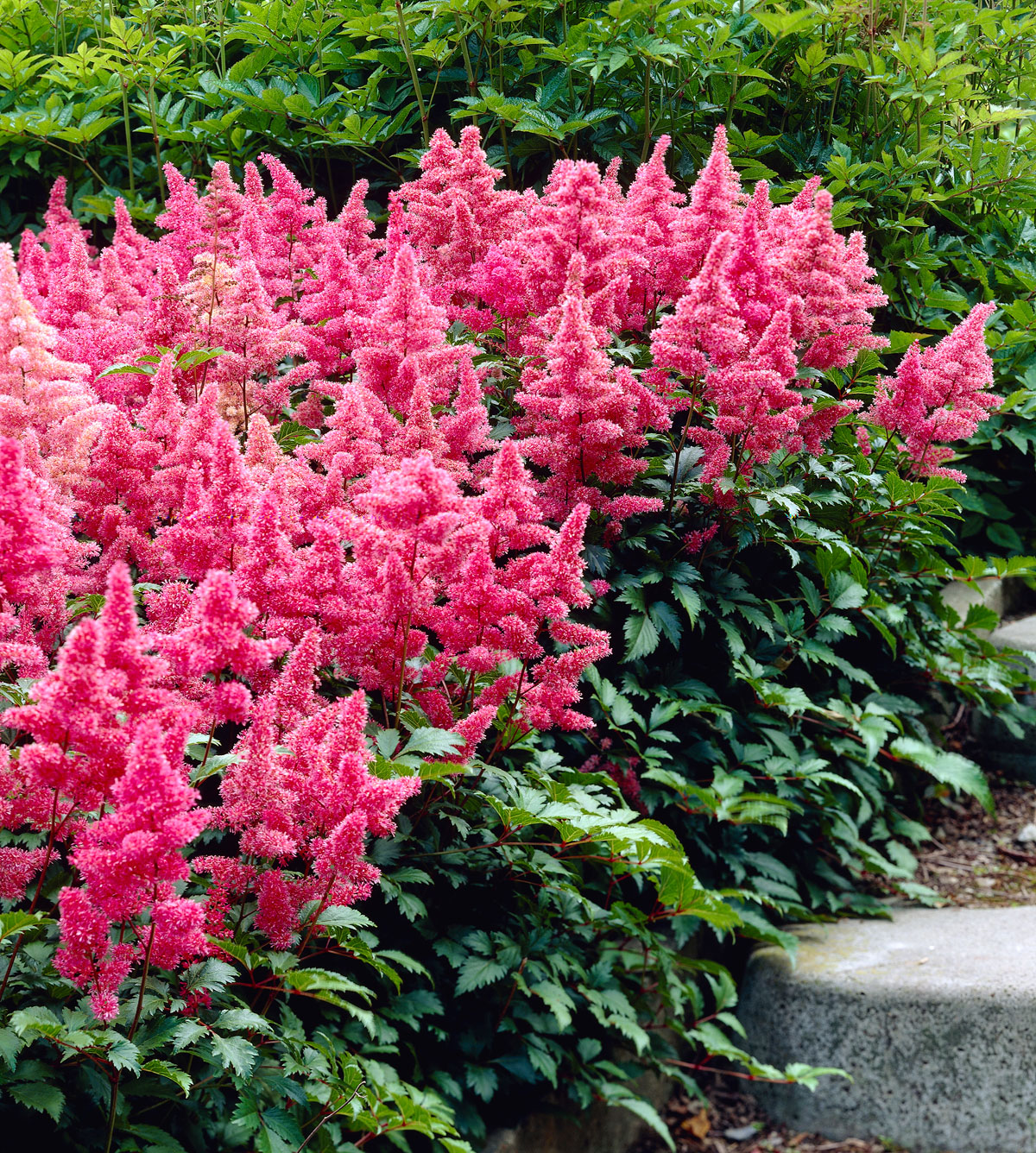The Best Companion Plants For Mr Bowling Ball Arborvitae
Title: The Best Companion Plants for Mr Bowling Ball Arborvitae
Introduction
Mr Bowling Ball Arborvitae is a dwarf variety of arborvitae that is known for its compact, spherical shape. It is a hardy plant that can tolerate a wide range of conditions, making it a popular choice for landscaping in many parts of the country.
When choosing companion plants for Mr Bowling Ball Arborvitae, it is important to consider the plant's size, growth rate, and sunlight requirements. Mr Bowling Ball Arborvitae grows to be about 3 feet tall and wide, so you will need to choose plants that will not outgrow it. You will also want to choose plants that have similar sunlight requirements. Mr Bowling Ball Arborvitae prefers full sun, but it can tolerate partial shade.
Main Content
Here are some of the best companion plants for Mr Bowling Ball Arborvitae:
- Hydrangea: Hydrangeas are a popular choice for companion plants because they come in a variety of colors and bloom in the summer. They prefer full sun to partial shade and need well-drained soil.

- Daylily: Daylilies are another popular choice for companion plants because they bloom for a long period of time, from early summer to fall. They prefer full sun and well-drained soil.
- Hosta: Hostas are shade-tolerant plants that come in a variety of leaf colors and patterns. They prefer moist soil and partial shade.

- Lily of the valley: Lily of the valley is a low-maintenance plant that blooms in the spring. It prefers partial shade and moist soil.

- Yarrow: Yarrow is a hardy plant that blooms in the summer. It prefers full sun and well-drained soil.
Conclusion
These are just a few of the many companion plants that you can choose for Mr Bowling Ball Arborvitae. When choosing plants, it is important to consider the plant's size, growth rate, and sunlight requirements. By choosing the right companion plants, you can create a beautiful and harmonious landscape that will last for years to come.
Mr. Bowling Ball arborvitae is a dwarf evergreen shrub that grows to be about 24 to 30 inches tall and wide. It has a naturally rounded shape and dense, lacy foliage. It is hardy in USDA zones 3 to 8 and prefers full sun and moist, well-drained soil.
Some good companion plants for Mr. Bowling Ball arborvitae include:
- Smoke tree (Cotinus coggygria)
- Spirea (Spiraea spp.)
- Rose (Rosa spp.)
- Hydrangea (Hydrangea spp.)
- Daylily (Hemerocallis spp.)
These plants have similar growing requirements and can help to create a beautiful and diverse landscape.
To learn more about Mr. Bowling Ball arborvitae companion plants, please visit Home Gardening.
FAQ of mr bowling ball arborvitae companion plants
- What are good companion plants for Mr. Bowling Ball arborvitae?
Mr. Bowling Ball arborvitae is a slow-growing, pyramidal evergreen shrub that can reach up to 10 feet tall and 6 feet wide. It is tolerant of a variety of soil conditions and prefers full sun to partial shade. Some good companion plants for Mr. Bowling Ball arborvitae include:
* Other evergreen shrubs, such as junipers, yews, and boxwoods
* Perennials, such as hostas, ferns, and daylilies
* Annuals, such as marigolds, petunias, and geraniums
- How far apart should Mr. Bowling Ball arborvitae companion plants be planted?
The spacing between Mr. Bowling Ball arborvitae companion plants will depend on the size of the plants at maturity. For example, if you are planting 2-foot-tall shrubs, you should space them about 3 feet apart. If you are planting 4-foot-tall shrubs, you should space them about 4 feet apart.
- What are the benefits of planting companion plants with Mr. Bowling Ball arborvitae?
There are several benefits to planting companion plants with Mr. Bowling Ball arborvitae. Companion plants can help to:
* Improve the appearance of your landscape
* Provide a habitat for beneficial insects
* Help to suppress weeds
* Conserve water
* Improve the soil quality
- What are some of the common problems that Mr. Bowling Ball arborvitae can experience?
Mr. Bowling Ball arborvitae is generally a hardy plant, but it can be susceptible to a few problems, such as:
* Needle blight
* Aphids
* Scale insects
* Spider mites
* Wilt diseases
If you notice any problems with your Mr. Bowling Ball arborvitae, it is important to identify the problem and take steps to correct it. For example, if you have a needle blight infestation, you can spray the plant with a fungicide. If you have an aphid infestation, you can wash the plant with insecticidal soap.
Image of mr bowling ball arborvitae companion plants
10 different images of Mr Bowling Ball arborvitae companion plants that are free to use:
- Coral bells (Heuchera) is a low-growing perennial with colorful foliage that blooms in the summer. It is a good companion plant for Mr Bowling Ball arborvitae because it can tolerate shade and does not require a lot of water.
- Hostas are another type of shade-tolerant perennial with colorful foliage. They are also deer-resistant, making them a good choice for gardens where deer are a problem.

- Astilbe is a tall, airy perennial with delicate flowers. It blooms in the summer and prefers moist soil.

- Lavender is a fragrant perennial that blooms in the summer. It prefers full sun and well-drained soil.

- Daylilies are a type of perennial that blooms for a long period of time in the summer. They come in a variety of colors and sizes.
- Sedums are succulent plants that come in a variety of colors and sizes. They are drought-tolerant and can tolerate a variety of soil conditions.

- Yarrow is a tall, daisy-like flower that blooms in the summer. It is a good choice for pollinator gardens.
- Turtlehead is a tall, spikey flower that blooms in the summer. It prefers moist soil and partial shade.
- Black-eyed Susans are a type of daisy that blooms in the summer. They are deer-resistant and come in a variety of colors.
- Goldenrod is a tall, yellow flower that blooms in the summer. It is a good choice for pollinator gardens.
Post a Comment for "The Best Companion Plants For Mr Bowling Ball Arborvitae"